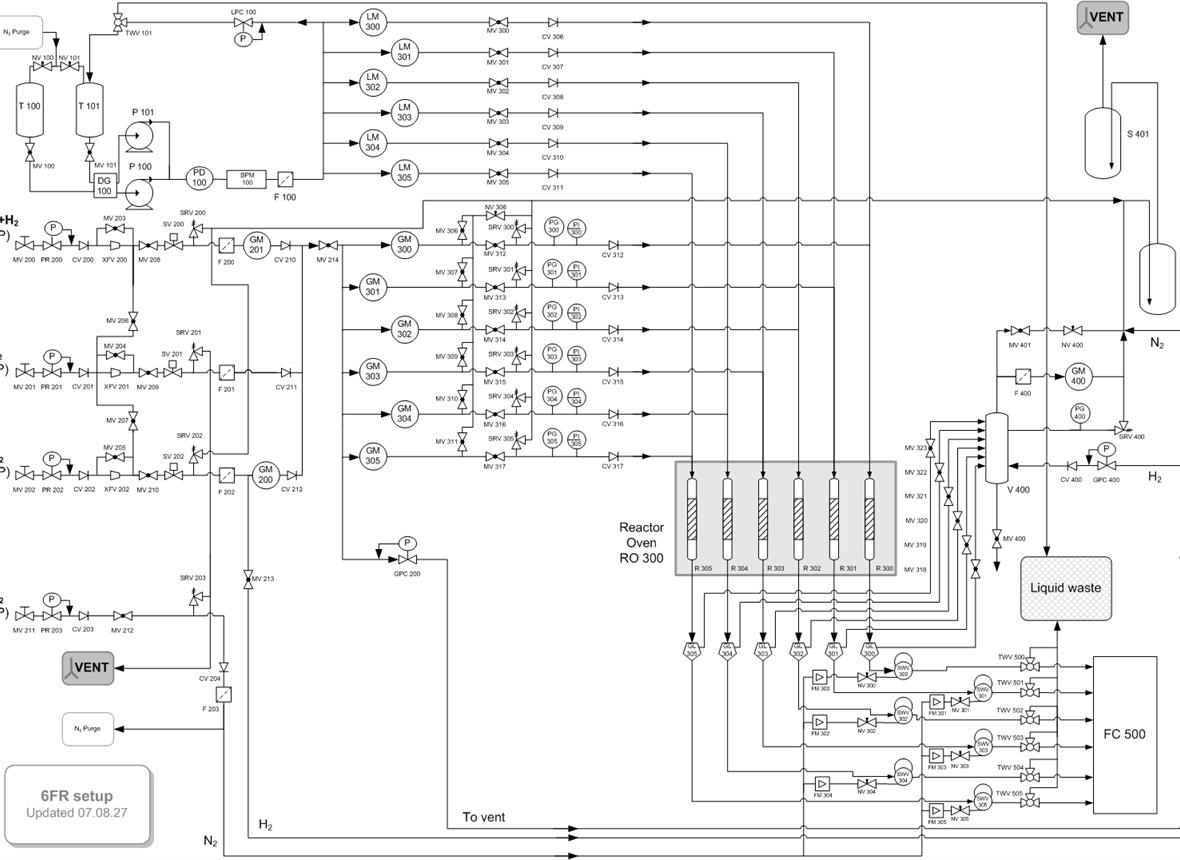Maximizing Active Fe Species in ZSM-5 Zeolite Using Organic-Template-Free Synthesis for Efficient Selective Methane Oxidation
by
Cheng, Yao, Zheng, Wang, Emwas, Castaño, Ruiz-Martinez, Han
J. Am. Chem. Soc.
Year:
2023
DOI:
https://doi.org/10.1021/jacs.2c13351
